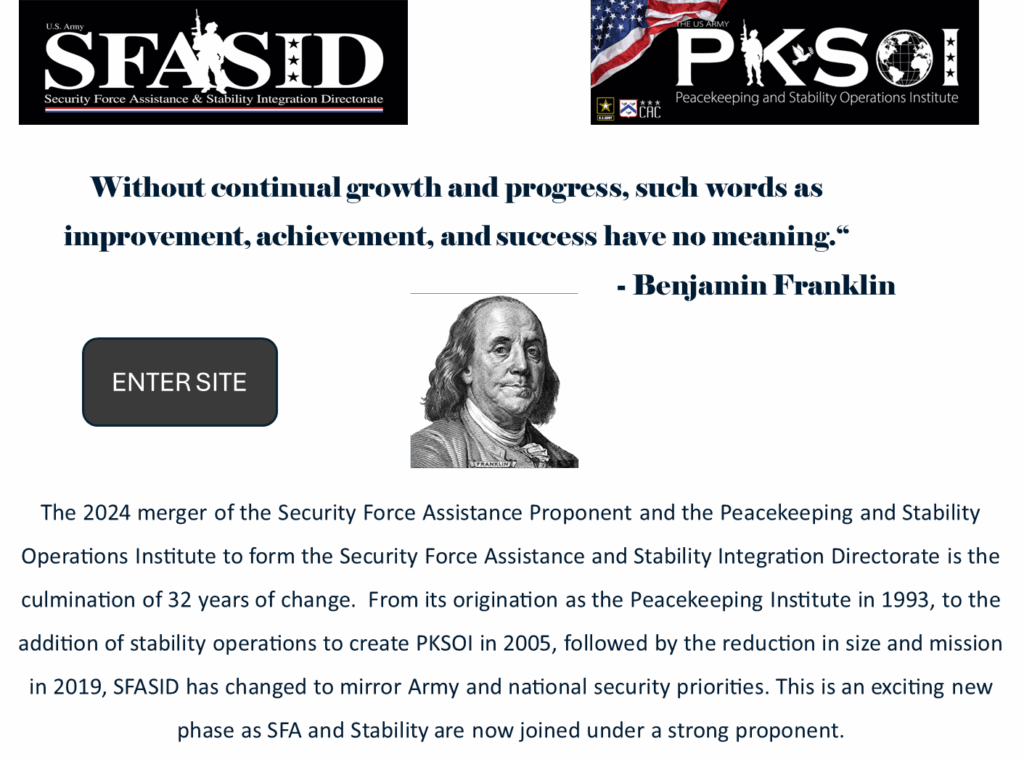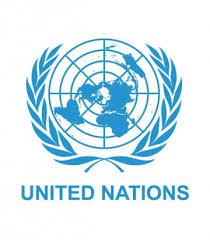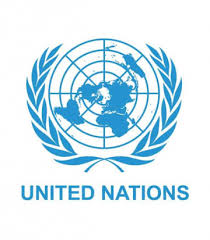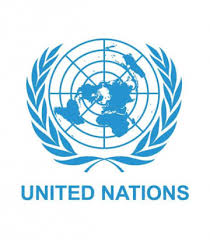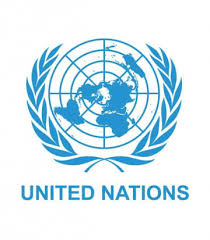United Nations Peacekeeping Missions Military Engineers Manual

This Manual describes the United Nations (UN) Military Engineer Unit, focusing on Military Engineer support to a UN Mission and Force Headquarters. Always scalable in size, modular in function and Mission-tailored, the UN Military Engineer Unit’s size and composition depend on the size, composition and requirements of the UN Mission it supports and the physical characteristics of the mission area.
